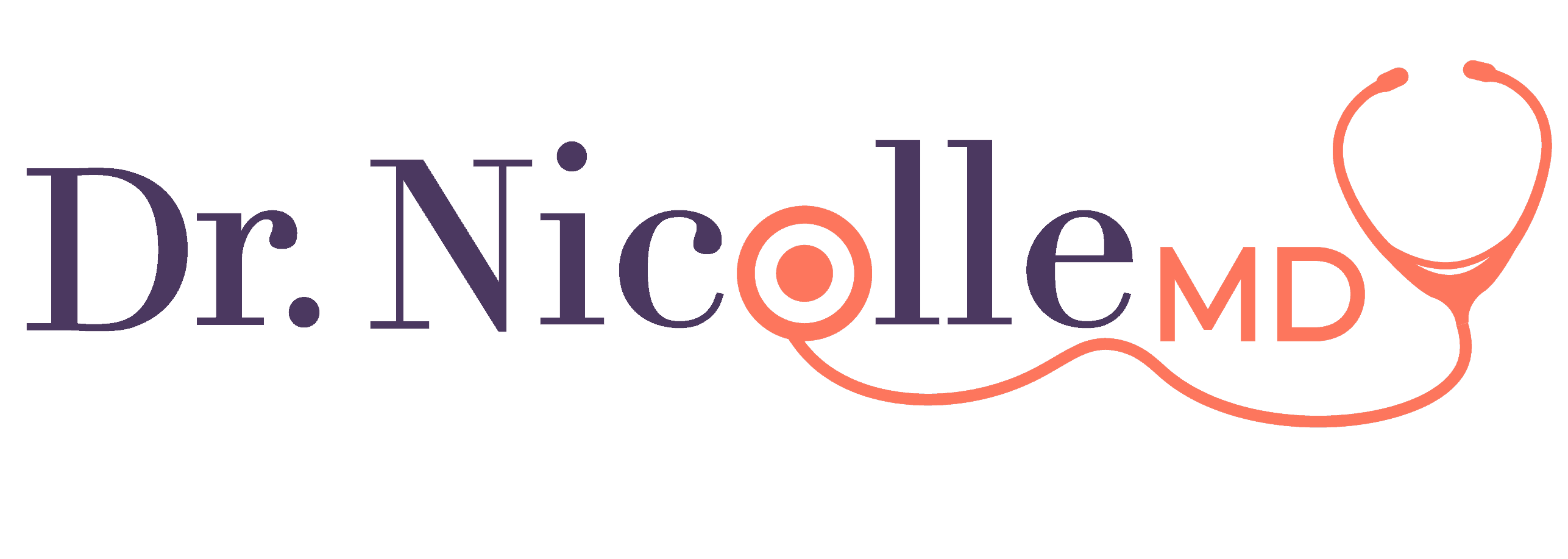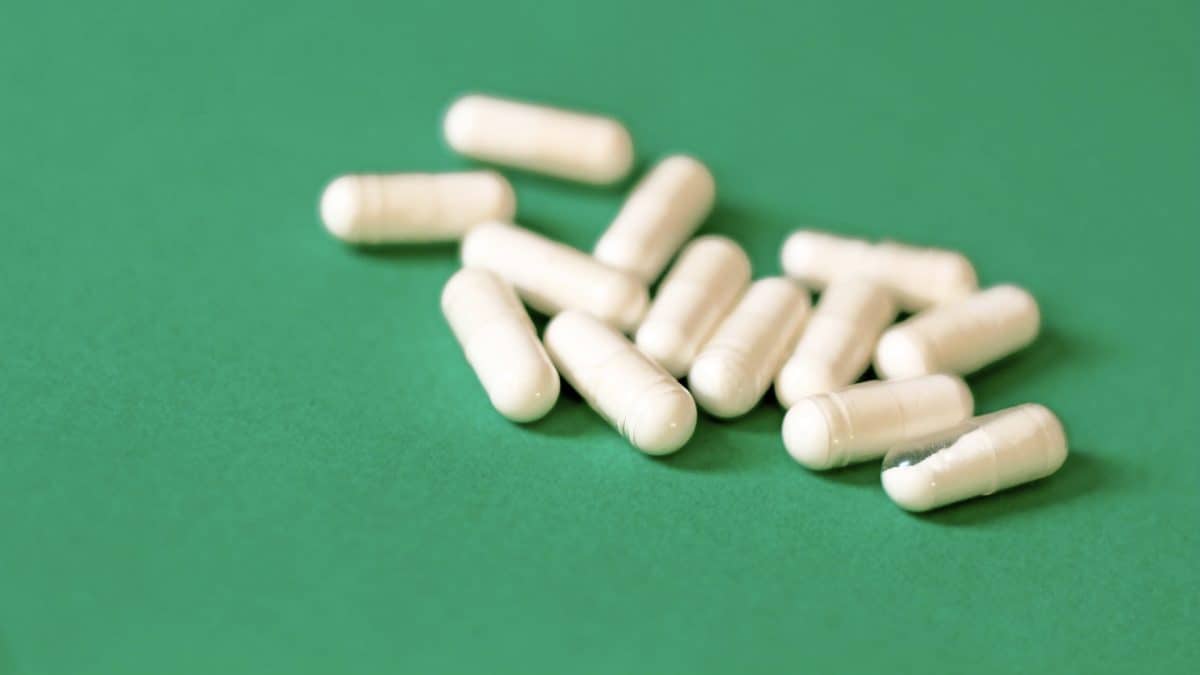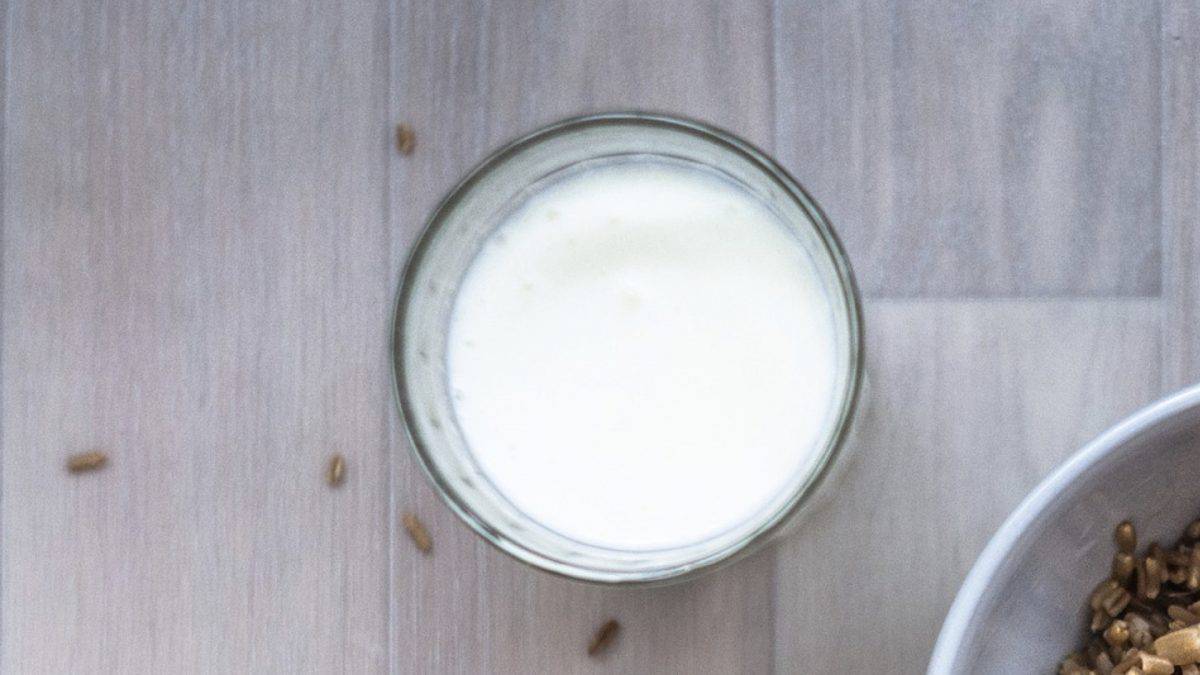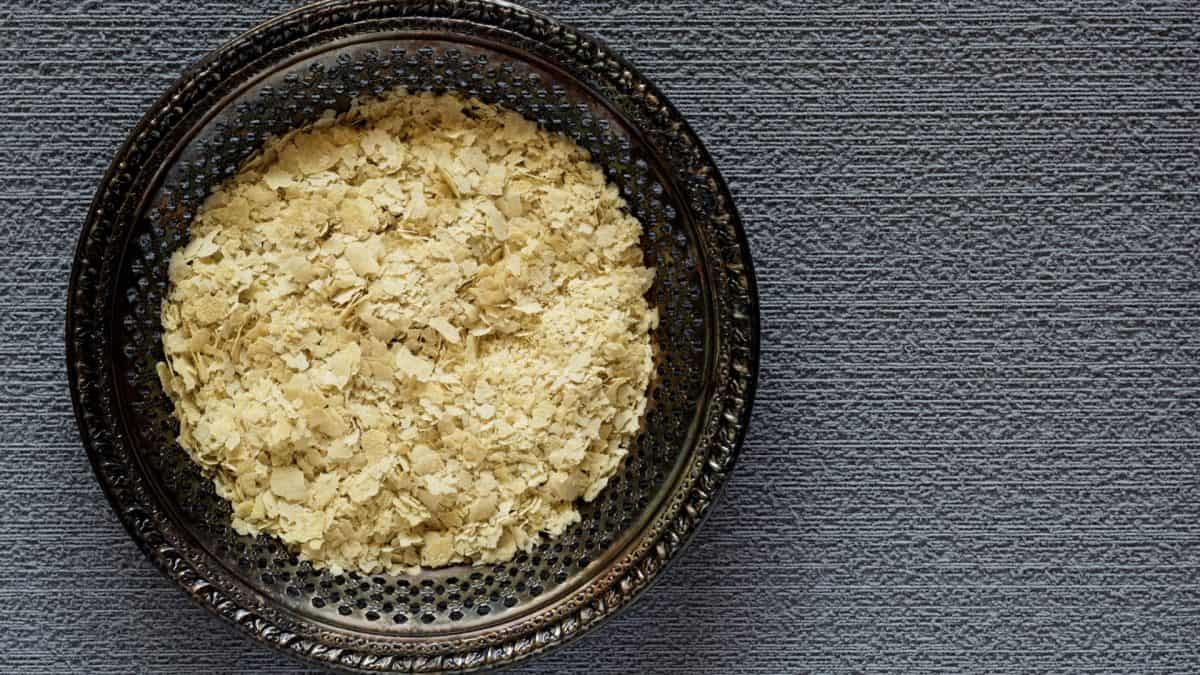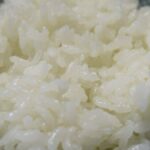

Arsenic is not just considered to be a carcinogen; it’s also designated as a “nonthreshold carcinogen, meaning that any dose, no matter how small, carries some cancer risk”—so there really isn’t a “safe” level of exposure. Given that, it may be reasonable to “use the conservative ALARA” approach, reducing exposure As Low As Reasonably Achievable.
I have a low bar for recommending people avoid foods that aren’t particularly health-promoting in the first place. Remember when that acrylamide story broke, about the chemical found concentrated in french fries and potato chips? (See my video Acrylamide in French Fries for more.) My take was pretty simple: Look, we’re not sure how bad this acrylamide stuff is, but we’re talking about french fries and potato chips, which are not healthy anyway. So, I had no problem provisionally bumping them from my list of yellow-light foods into my red-light list, from “minimize consumption” to “ideally avoid on a day-to-day basis.”
One could apply the same logic here. Junk foods made out of brown rice syrup, rice milk, and white rice are not just processed foods, but also arsenic-contaminated processed foods, so they may belong in the red zone as red-light foods we should avoid. What about something like whole brown rice? That is more difficult, because there are pros to help outweigh the cons. I discuss this in my video Is White Rice a Yellow-Light or Red-Light Food?, where you can see a graphical depiction of my traffic light food system at 0:49.
The rice industry argues that the “many health benefits of rice consumption outweigh any potential risk,” which is the same sentiment you hear coming out of Japan about the arsenic-contaminated seaweed hijiki: Yes, “the cancer risk posed by hijiki consumption exceeds this acceptable [cancer risk] level by a factor of 10,” an order of magnitude, but the Japanese Ministry of Health stresses the “possible health benefits,” such as lots of fiber and minerals, as if hijiki was the only weed in the sea. Why not choose any of the other seaweeds and get all the benefits without the arsenic? So, when the rice industry says the “many health benefits of rice consumption outweigh any potential risk,” it’s as if brown rice was the only whole grain on the planet. Can’t you get the whole grain benefits without the risks by eating oatmeal, barley, or quinoa instead? Or, is there some unique benefit to rice, such that we really should try to keep brown rice in our diet?
Consumer Reports recommended moving rice to the yellow-light zone—in other words, don’t necessarily avoid it completely, but moderate your intake. The rice industry, in a fact sheet entitled “The Consumer Reports Article is Flawed,” criticized Consumer Reports for warning people about the arsenic levels in rice, saying “[t]here is a body of scientific evidence that establishes…the nutritional benefits of rice consumption; any assessment of the arsenic levels in rice that fails to take this information into account is inherently flawed and very misleading.” The rice industry cites two pieces of evidence. First, it asserts that rice-consuming cultures tend to be healthier, but is that because of, or despite, their white rice consumption? And what about the fact that rice-eating Americans tend to be healthier? Perhaps, but they also tend to eat significantly less saturated fat. So, once again, how do we know whether it’s because of—or despite—the white rice?
The rice industry could have cited the study I discuss at 3:12 in my video that showed that brown rice intake of two or more servings a week was associated with a lower risk of diabetes, but presumably, the reason it didn’t is because intake of white rice is associated with an increased risk of diabetes, and white rice represents 95 percent of the U.S. rice industry. Switching out a third of a serving of white rice a day for brown rice might lower diabetes risk by 16 percent, but switching out that same white rice for whole grains in general, like oats or barley, might work even better! So, other grains have about ten times less arsenic and are associated with even lower disease risk. No wonder the rice industry doesn’t cite this study.
It does cite the Adventist studies, though, and some in vitro data. For example, in a petri dish, as you can see at 4:05 in my video, there are rice phytonutrients that, at greater and greater doses, can inhibit the growth of colon cancer cells while apparently leaving normal colon cells alone, which is exciting. And, indeed, those who happened to eat those phytonutrients in the form of brown rice once or more a week between colonoscopies had a 40 percent lower risk of developing polyps. (The consumption of green leafy vegetables, dried fruit, and beans were also associated with lower polyp incidence.) But, the only reason we care about the development of polyps is that polyps can turn into cancer. But, there had never been studies on brown rice consumption and cancer…until now, which I discuss in my video Do the Pros of Brown Rice Outweigh the Cons of Arsenic?.
For those unfamiliar with my traffic light system, I talk about it in my book trailer. Check out How Not to Die: An Animated Summary.
Almost there! This is the corresponding article to the 12th in my 13-video series on arsenic in the food supply. If you missed any of the first 11 videos, see:
Ready for the finale? See Do the Pros of Brown Rice Outweigh the Cons of Arsenic?.
And you may be interested in Benefits of Turmeric for Arsenic Exposure.
In health,
Michael Greger, M.D.
PS: If you haven’t yet, you can subscribe to my free videos here and watch my live presentations:
Some of the links in this article are "affiliate links", a link with a special tracking code. This means if you click on an affiliate link and purchase the item, we will receive an affiliate commission.
The price of the item is the same whether it is an affiliate link or not. Regardless, we only recommend products or services we believe will add value to our readers.
By using the affiliate links, you are helping support our Website, and we genuinely appreciate your support.
Last updated on March 1st, 2021 at 05:41 am
